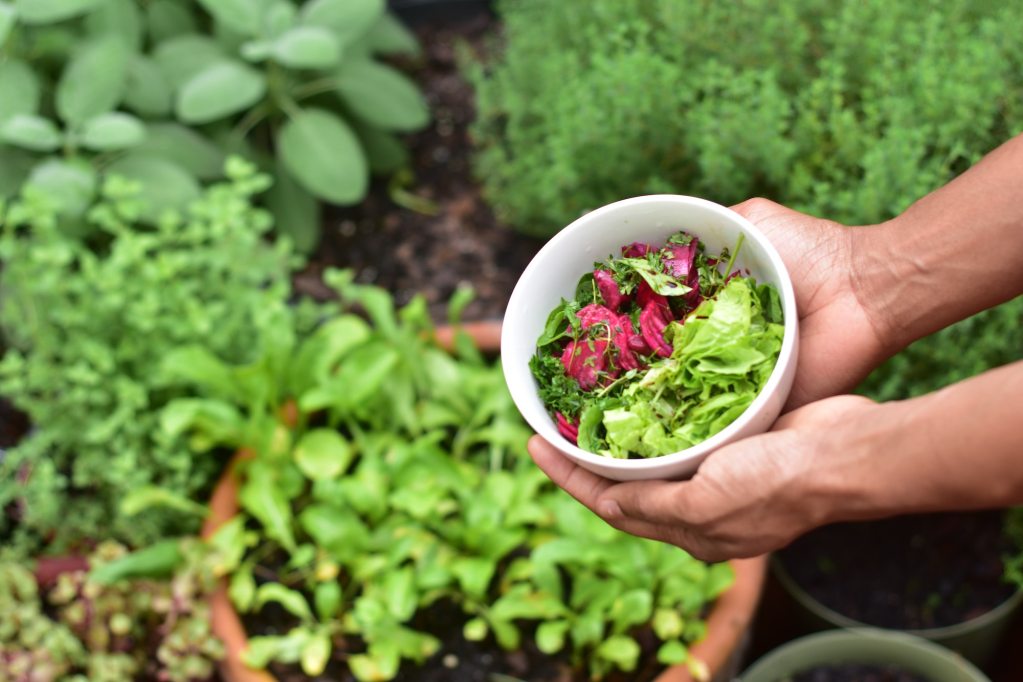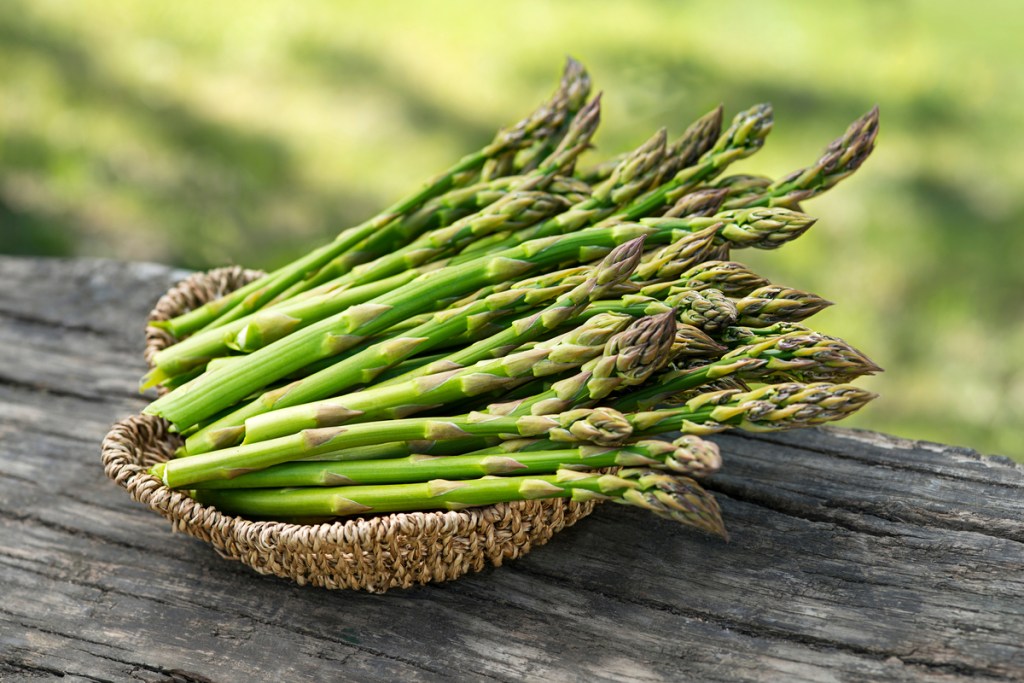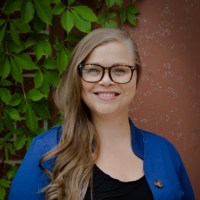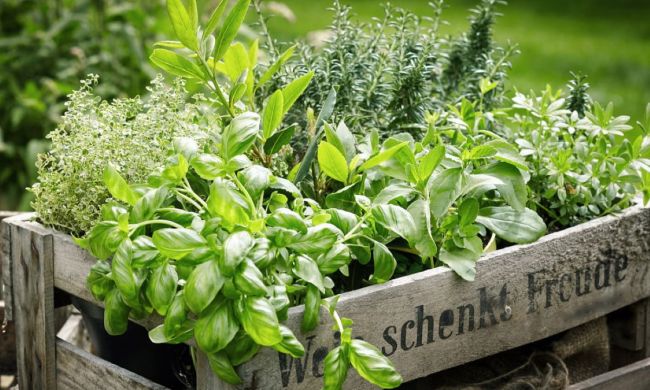
If you’re looking to plant a vegetable garden that’s low maintenance and sustainable, incorporating perennial vegetable plants is a great idea. Many of them are packed with nutrients and can offer visual interest and other benefits to your garden. Let’s explore the upside of growing perennial vs. annual vegetables, discuss which ones to plant, and the delicious recipes you can make with each of them.
Benefits of perennial vs. annual vegetable plants
Perennial vegetable plants are plants that live for more than two growing seasons and continue to produce edible parts year after year. There are a ton of benefits when it comes to perennial vs. annual vegetable gardens:
- Low maintenance: Perennial vegetable plants don’t need to be replanted every year. This saves time, effort, and money in the long run.
- Sustainability: These plants are more sustainable because they require less water, fertilizer, and other resources over their lifetime. They also help to build healthy soil and reduce erosion.
- Longevity: Perennials can live for many years, which means you can enjoy a consistent harvest without the need for replanting. This also reduces the risk of crop failure due to weather or other environmental factors.
- Nutritional value: Did you know that perennials often have higher levels of nutrients and minerals than their annual counterparts? This is because they have more time to establish strong roots and absorb nutrients from the soil.
- Multifunctional: Want more diversity in your garden? Perennials come in a variety of shapes, sizes, and colors and you can use them in a range of recipes. They also serve multiple purposes in your garden, as they can improve your soil, keep pests at bay, and even provide hedging in some cases.
Overall, perennial vegetable plants offer several benefits over annual vegetable plants, making them a great choice for a sustainable, low-maintenance garden.

5 perennial vegetables your garden needs
So, which perennial veggies should you start with in your garden? We’ve got five amazing options, and we’ll also discuss which delicious recipes you can make with them.
Asparagus
Asparagus is a nutrient-rich perennial vegetable that produces a harvest year after year with low maintenance. It usually takes around two to three years before you can harvest this veggie, as it needs time to establish strong roots before it can produce a good harvest. But once it gets going, you’ll have a delicious side dish for your steak or a nutritious addition to your fresco pasta.
Rhubarb
Rhubarb also takes a couple of growing seasons to be ready for harvest, but it’s packed with nutrients like vitamins, minerals, and antioxidants. It’s also a versatile ingredient that’s great in deserts, such as rhubarb pie, and can be used to make jams, jellies, and even glazes for savory meat dishes.
Artichokes
Great in dips, pasta, pizza, and even as a tasty side dish, artichokes are extremely versatile. Growing them is simple, and they’re a great addition to your vegetable garden. Artichokes are great companion plants, they’re drought tolerant, and they have a unique, ornamental appearance.
Horseradish
With its unique, spicy flavor, horseradish can up your culinary game in sauces, dips, and even homemade condiments. Growing this perennial root vegetable is simple, and it even serves as a pest deterrent in your garden.
Berry bushes
What’s not to love about fresh, homegrown berries? Eat them raw, add them to your waffles or oatmeal, or make sweet homemade jams. Berry bushes are low maintenance, provide the benefit of hedging your garden, and some varieties even deter pests.
Incorporating perennial vegetables into your garden can offer a wide range of benefits. They require less maintenance, are more sustainable, and can give you a reliable source of food year after year. By planting perennial vegetables, you can create a sustainable and enjoyable garden that provides beauty and nutrition — without all the work.



